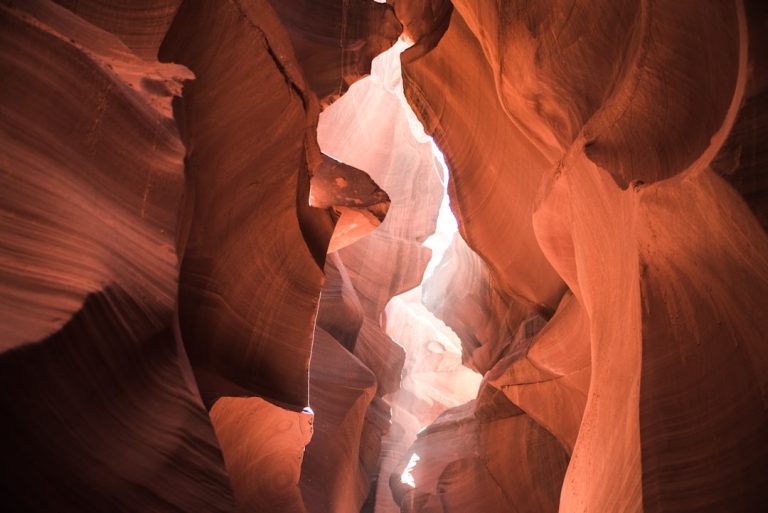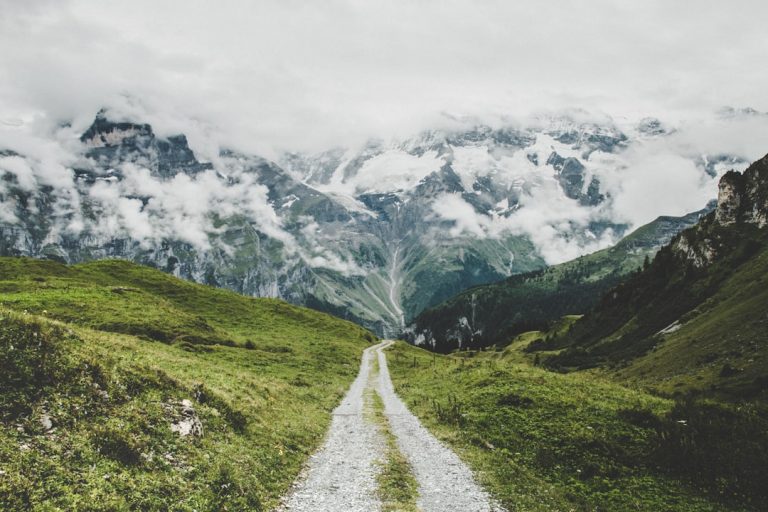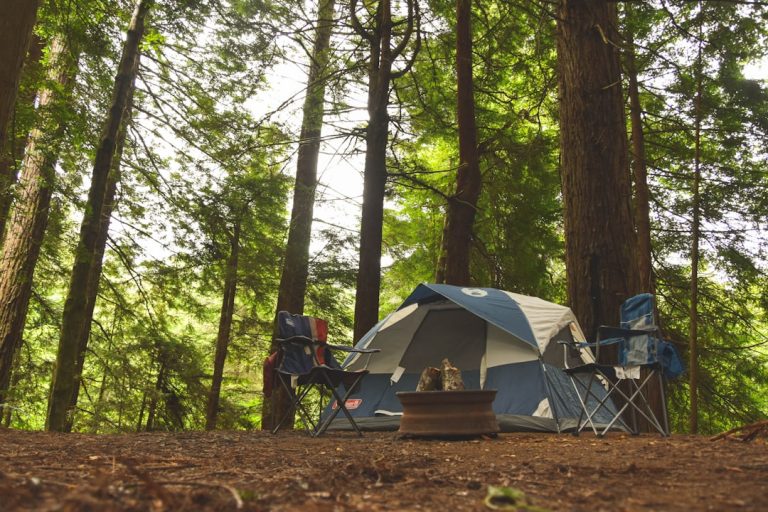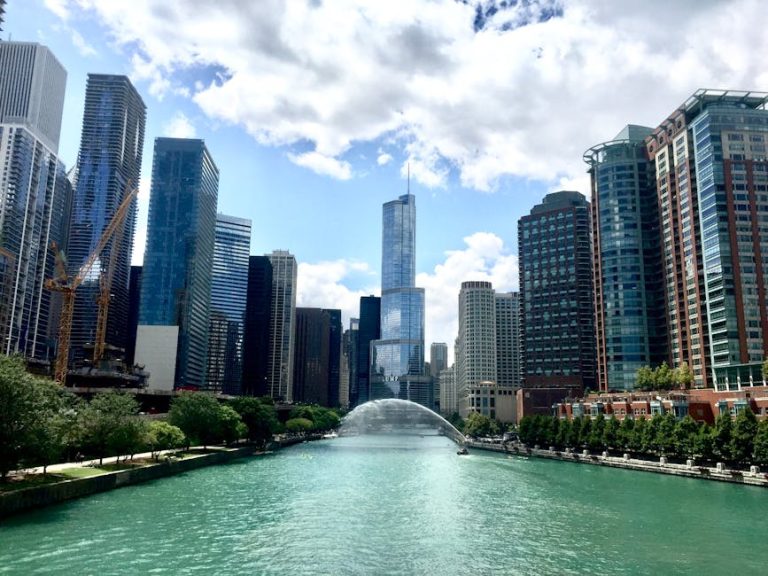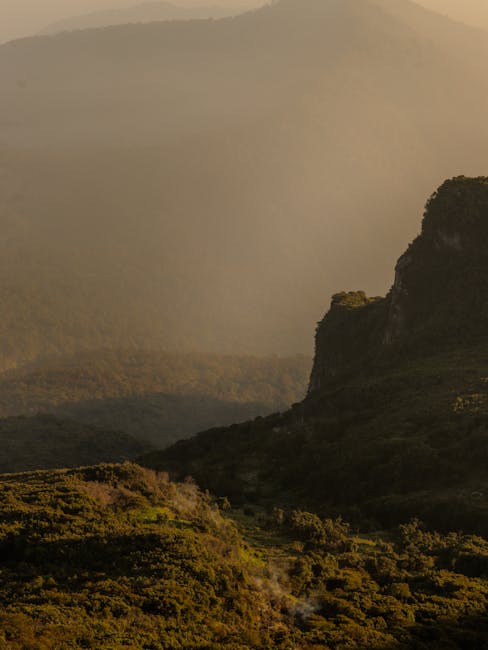Camelback Mountain is a must-do for anyone visiting or living in Phoenix, Arizona. With its iconic shape and challenging trails, it offers an amazing outdoor experience. But before you lace up your hiking boots, let’s get you prepared for everything Camelback has to offer!

What Makes Camelback Mountain So Special?
Camelback Mountain isn’t just another hill; it’s a Phoenix landmark! It gets its name from its distinctive shape, which resembles the hump and head of a kneeling camel. The mountain rises dramatically from the surrounding desert, providing stunning panoramic views of the city and the Valley. But it’s more than just a pretty sight – Camelback is a popular spot for hiking, offering a great workout and a chance to connect with nature right in the heart of the city.
Choosing Your Trail: Echo Canyon vs. Cholla
Camelback Mountain has two main trails, each with its own unique characteristics:
* **Echo Canyon Trail:** This is probably the more famous and heavily trafficked route. It’s shorter than Cholla, but don’t let that fool you – it’s very steep and includes some challenging rock scrambling. You’ll find handrails in some sections to help you navigate the steeper climbs.
* **Cholla Trail:** This trail is longer and slightly less steep in some areas than Echo Canyon, but it still presents a significant challenge. It also involves rock scrambling, particularly near the summit. Many find Cholla to be a bit more rugged and natural feeling than Echo Canyon. Note that the Cholla Trailhead was temporarily closed in the past for repairs and crowd control, so it’s always a good idea to check its status before you go.
Both trails are considered strenuous, so be sure to assess your fitness level before you tackle either one. Neither is recommended for beginner hikers or those with knee or joint problems.
Preparing for Your Hike: Essential Gear and Tips
Hiking Camelback Mountain is no walk in the park. Proper preparation is key to a safe and enjoyable experience. Here’s what you need to consider:
* **Water, Water, Water:** This cannot be stressed enough. Bring plenty of water, especially during the hotter months. A good rule of thumb is to carry at least 3 liters of water per person, even for experienced hikers. Dehydration can set in quickly in the Arizona desert.
* **Sun Protection:** The Arizona sun is intense. Wear a hat, sunglasses, and apply sunscreen liberally and often. Consider clothing with UPF (Ultraviolet Protection Factor) for added protection.
* **Appropriate Footwear:** Sturdy hiking shoes or boots with good traction are essential. Sandals, flip-flops, or sneakers are not recommended. You’ll need the grip to navigate the rocky terrain.
* **Proper Clothing:** Wear lightweight, breathable clothing that wicks away moisture. Avoid cotton, as it can become heavy and uncomfortable when wet with sweat.
* **Snacks:** Pack some high-energy snacks like trail mix, energy bars, or fruit to keep your energy levels up.
* **Timing is Everything:** Avoid hiking during the hottest part of the day, especially in the summer. Early morning or late afternoon hikes are ideal.
* **Inform Someone:** Let someone know your hiking plans and expected return time.
* **First-Aid Kit:** Carry a small first-aid kit with essentials like bandages, antiseptic wipes, and pain relievers.
* **Charged Cell Phone:** While cell service can be spotty in some areas, a charged cell phone is essential for emergencies.
Safety First: Important Considerations
Camelback Mountain can be dangerous if you’re not prepared. Here are some important safety considerations:
* **Heat Exhaustion and Heat Stroke:** These are serious risks, especially during the summer. Be aware of the symptoms, which include headache, dizziness, nausea, and muscle cramps. If you experience any of these symptoms, stop hiking immediately, find shade, and drink water.
* **Falls:** The trails are steep and rocky, so falls are a common occurrence. Take your time, watch your footing, and use the handrails where available.
* **Wildlife:** While rare, you may encounter snakes or other wildlife. Be aware of your surroundings and avoid approaching or disturbing any animals.
* **Trail Closures:** Sometimes trails close due to extreme heat. Always check the City of Phoenix Parks and Recreation website for trail closures before you head out.
Remember, it’s always better to err on the side of caution. If you’re not feeling well or the conditions are not favorable, turn around and hike another day.
The Reward: Breathtaking Views
Despite the challenges, hiking Camelback Mountain is incredibly rewarding. The panoramic views from the summit are simply breathtaking. You’ll be able to see the entire Phoenix metropolitan area, including the surrounding mountains, desert landscapes, and glittering city lights. It’s a truly unforgettable experience!
Alternatives to Camelback Mountain
If you’re not quite ready for the challenge of Camelback Mountain, or if you’re looking for something different, here are some alternative hiking options in the Phoenix area:
* **Piestewa Peak (Squaw Peak):** This is another popular mountain with a challenging but well-maintained trail. It’s slightly less strenuous than Camelback Mountain.
* **South Mountain Park:** This is one of the largest urban parks in the world and offers a variety of trails for all skill levels.
* **Papago Park:** This park features easy, scenic trails that are perfect for families and beginners. Hole-in-the-Rock is a popular spot for viewing the sunset.
* **Lost Dutchman State Park:** Located in Apache Junction, this park offers stunning views of the Superstition Mountains and a variety of hiking trails.
Frequently Asked Questions
Is Camelback Mountain a difficult hike?
Yes, both Echo Canyon and Cholla trails are considered strenuous hikes. They involve steep inclines and rock scrambling, making them suitable for experienced hikers in good physical condition.
How long does it take to hike Camelback Mountain?
The hike can take anywhere from 1.5 to 3 hours, depending on your fitness level and the trail you choose. Echo Canyon is generally a faster hike than Cholla, but both require a good amount of time and effort.
What is the best time of year to hike Camelback Mountain?
The best time of year to hike is during the cooler months, from October to April. Avoid hiking during the summer months (June-August) when temperatures can be dangerously high.
Are dogs allowed on Camelback Mountain?
No, dogs are not allowed on Camelback Mountain trails.
Is there a fee to hike Camelback Mountain?
No, there is no fee to hike Camelback Mountain. However, there may be parking fees at some trailheads.
Where can I park for Camelback Mountain?
Parking can be challenging, especially on weekends and holidays. There are designated parking lots at both the Echo Canyon and Cholla trailheads, but they often fill up quickly. Consider arriving early or using ride-sharing services.
Camelback Mountain is an amazing place to experience the beauty and challenge of the Arizona desert. By preparing properly and taking the necessary safety precautions, you can have a memorable and rewarding hike. Remember to respect the environment, stay hydrated, and enjoy the stunning views! Always check the City of Phoenix Parks and Recreation website for any alerts or closures before you go.

